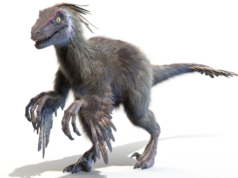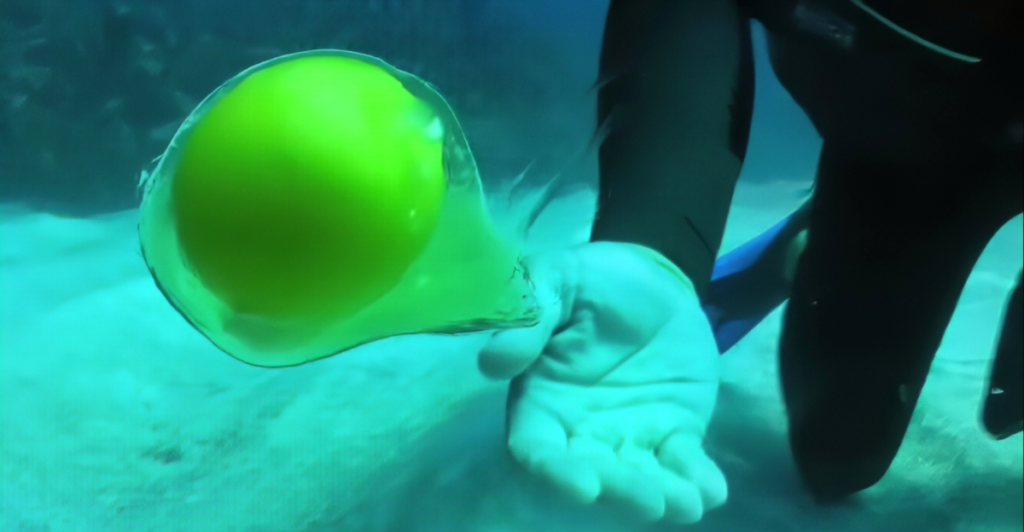
In March 2025, scientists made a stunning discovery: thousands of living Pacific white skate eggs near an active subsea volcano off the coast of Vancouver Island, Canada. Measuring 1.5 feet in width, the eggs are thriving from geothermally supplied heat, which defies our previous understanding of these cold and lifeless seamounts. The discovery was made during an expedition led by deep-sea marine biologist Cherisse Du Preez of Fisheries and Oceans Canada in 2019.
It resulted in the team uncovering that the active underwater volcano, previously believed to be extinct, emits mineral-rich heated water, thereby creating a biological oasis a mile below the water’s surface. This finding reshapes what we know about ecosystems in extreme habitats and challenges our understanding of deep-sea reproductive strategies, showing that marine life appears to be using geological activity for survival.
Meet the Pacific White Skate
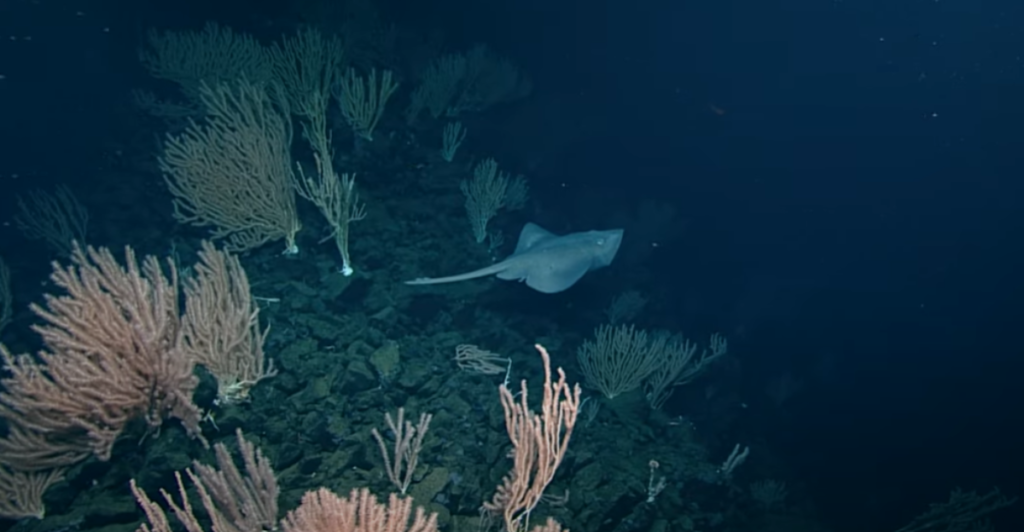
The Pacific white skate is a deep-sea shark and ray fish. Adult females reach lengths of up to 6.5 feet and inhabit depths ranging from 2,600 to 9,500 feet. With a gestation period of four years, white skate eggs are abnormally large, measuring about 1.5 feet in diameter, and are colloquially known as “mermaid purses” due to their distinctive rectangular shape.
The discovery suggests that Pacific white skates use the underwater volcano’s geothermal warmth to incubate eggs. Scientists believe that the species uses greater temperatures to speed up embryonic development, increasing rates of juvenile survival and reflecting a heightened ecological response in deep-sea skates.
Understanding Volcanic Nurseries
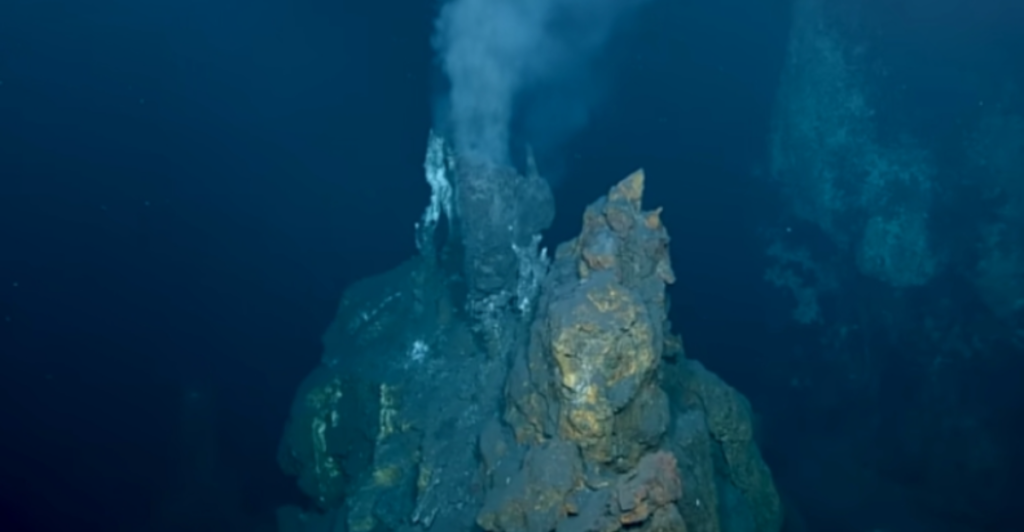
After having been studied and explored since the 1970s, these volcanic nurseries have provided a wealth of new knowledge. Historically, volcanic activity has driven biodiversity as 1.43 billion-year-old microbe fossils found near vents suggest an ancient relationship. For example, hydrothermal vent crabs in the Mariana Trench use vent chemistry to detoxify metals, while vent eels in the East Pacific rely on symbiotic bacteria for nutrition.
More recently, skate eggs were found alongside hydrothermal vents off the coast of the Galápagos Islands in 2018. Still, the Vancouver Island discovery was 10 times bigger both in the size of the eggs and the complex habitat. Therefore, the geothermal incubation that the Pacific white skate relies on is an evolutionary strategy honed over thousands of years.
Geological Significance of Active Seamounts
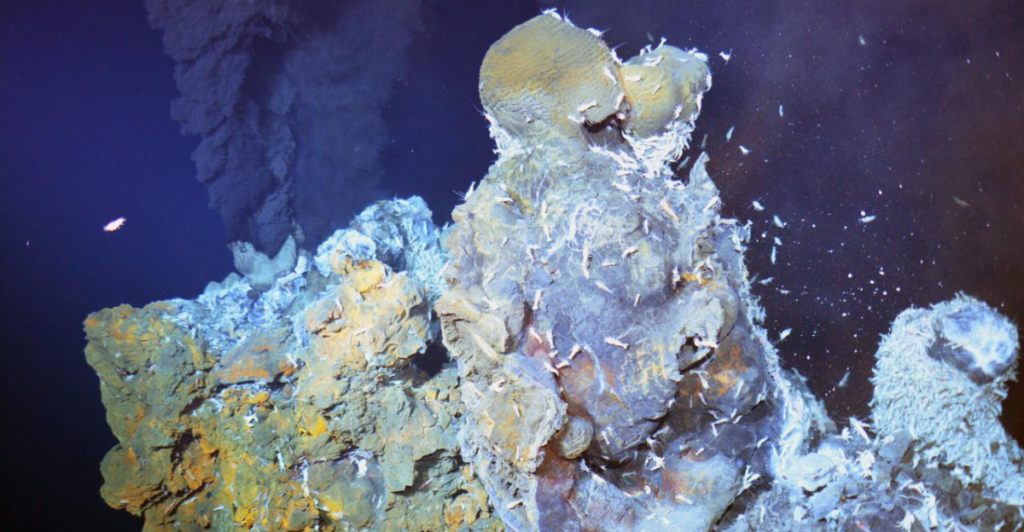
Active seafloor volcanoes, like the Vancouver Island site, serve as dynamic “biological reactors” that couple geothermal energy with nutrient cycling. Unlike dormant seamounts, which gradually sink into sediment-covered mounds, active systems sustain life through continued venting of hot sulfur-rich fluids containing iron and metals.
The fluids mix with seawater to construct chimneys that concentrate minerals and house chemosynthetic bacteria—the basis for vent ecosystems. The volcano’s reawakening, as evident in thermal vents emitting 300°F water and seismic activity, is mirrored at Axial Seamount, where eruptions follow inflation and gas venting activity. These networks are transient yet critical: they create coral-filled nurseries and hydrothermal plumes that make surrounding waters richer thus increasing regional diversity.
Biological Innovation in Extremes
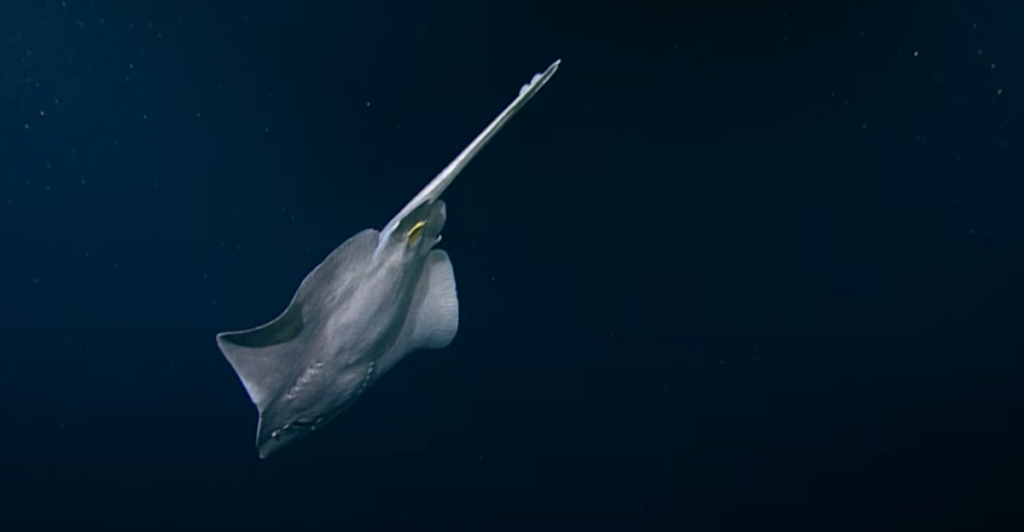
The Pacific white skate’s four-year gestation period, cut in half by volcanic warmth, is an instance of evolutionary optimization. Females invest energy into fewer, bigger eggs (rather than multiple smaller ones) and rely on geothermal acceleration to make up for metabolic costs. This is in contrast to methane-dependent ecosystems in Arctic mud volcanoes, where serpulid worms use chemical energy to survive.
These differences highlight how volcanic ecosystems propel niche evolutionary pathways. For example, vent eels from the East Pacific use symbiotic bacteria to derive energy from sulfur compounds, while giant tube worms lack mouths and survive only on bacterial endosymbionts. These adaptations exemplify life’s capacity to engineer survival in extreme conditions.
Climate Resilience and Ocean Acidification
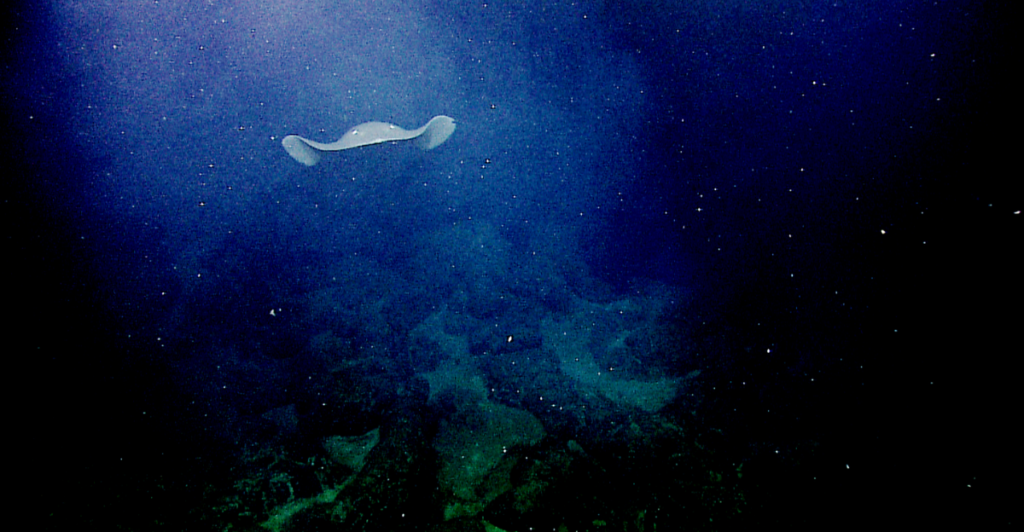
As surface oceans undergo an acidification crisis, deep-sea volcanic communities could begin to act as refuges against climate change. Hydrothermal vents control pH extremes through mineral exchange, offering stability not found in shallower ecosystems. Therefore, it becomes paramount to protect these habitats, which appear to balance biodiversity loss while surface habitats decline. For example, calcite-rich vent fluids neutralize acidity and create localized alkalinity.
However, CO₂ emissions by volcanoes amplify acidification locally, creating a paradox: such environments support life and contribute to its challenges simultaneously. Balancing conservation management with industrial demands remains a top priority because these ecosystems could inform “geoengineering” marine resilience.
Technological Challenges to Deep-Sea Exploration
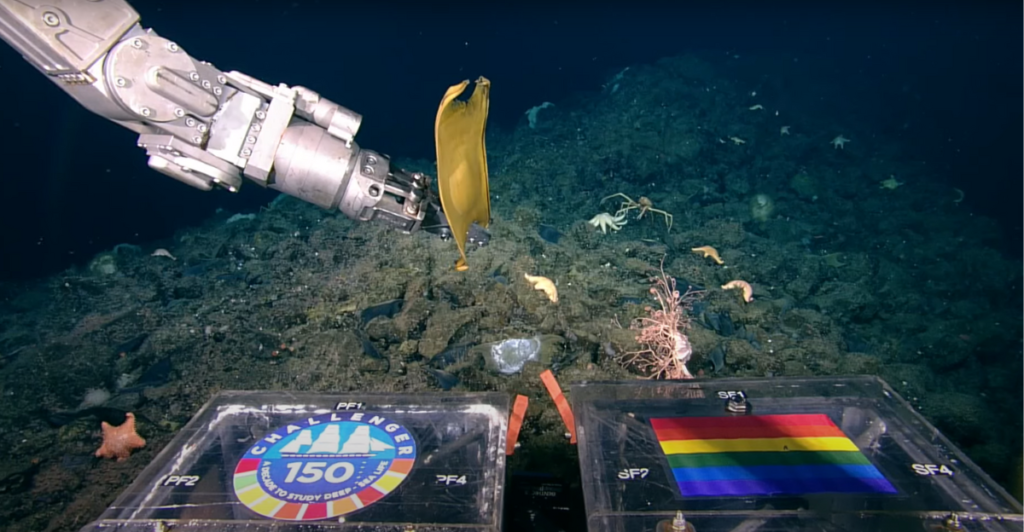
To further explore volcanic nurseries, researchers will need to overcome challenges such as virtual darkness, crushing pressure, and access constraints. Du Preez’s 2019 expedition used remotely operated vehicles (ROVs) and a seafloor sensor network to document egg clusters. However, another expedition studying the Borealis Mud Volcano in the Barents Sea in 2023, used sediment sampling to confirm methane-supported ecosystems.
These expeditions highlight the $500M global deficit of deep-sea monitoring infrastructure, according to Frontiers in Marine Science. Further, technologies, such as autonomous underwater gliders and sonar processed by AI, could bridge this divide, but land-based technology continues to be the prioritized investment. Until funding increases, discoveries like the Vancouver Island eggs will be sporadic, with vast tracts of Earth’s ecosystems unexplored.
Conservation vs. Resource Exploitation
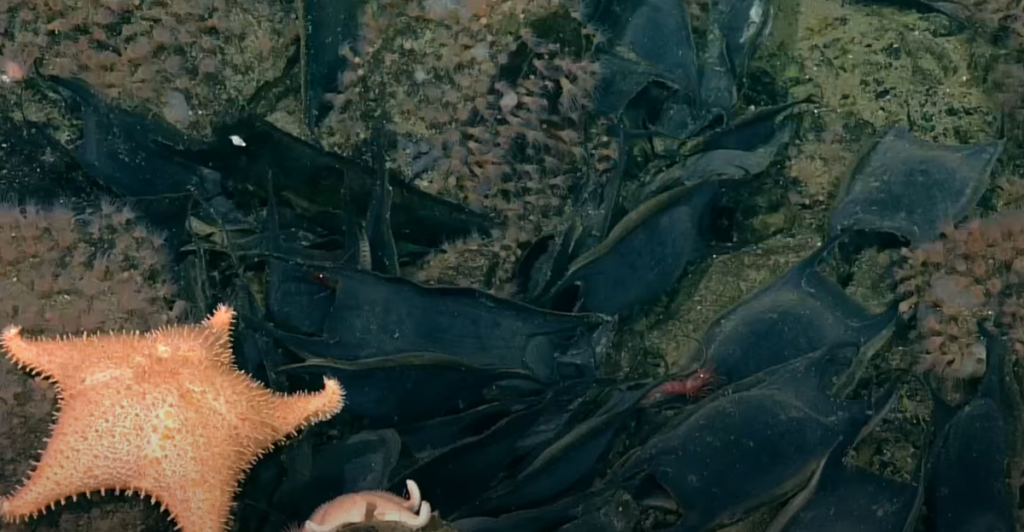
Deep-sea mining threatens cobalt-, copper-, and rare-earth metal-rich volcanic ecosystems. The Vancouver Island eggs are found near the Clarion-Clipperton Zone (CCZ), a mining hotspot of 4.5 million km² of Pacific seafloor. Polymetallic nodules, golf ball-sized mineral masses, hold essential materials for green technologies but risk polluting hydrothermal vent communities and seamount nurseries.
Currently, the International Seabed Authority (ISA) is being pressured to make volcanic regions “no-mining zones,” but 1.5 million km² of the CCZ is already under mining license. The conflict is not unlike the debate between renewables and fossil fuels. While mining can accelerate our transition to solar panels and electric vehicles, it puts biodiversity hotspots at risk. Therefore, adaptive governance is needed to reconcile economic and ecological factors.
Overhyped Discovery?
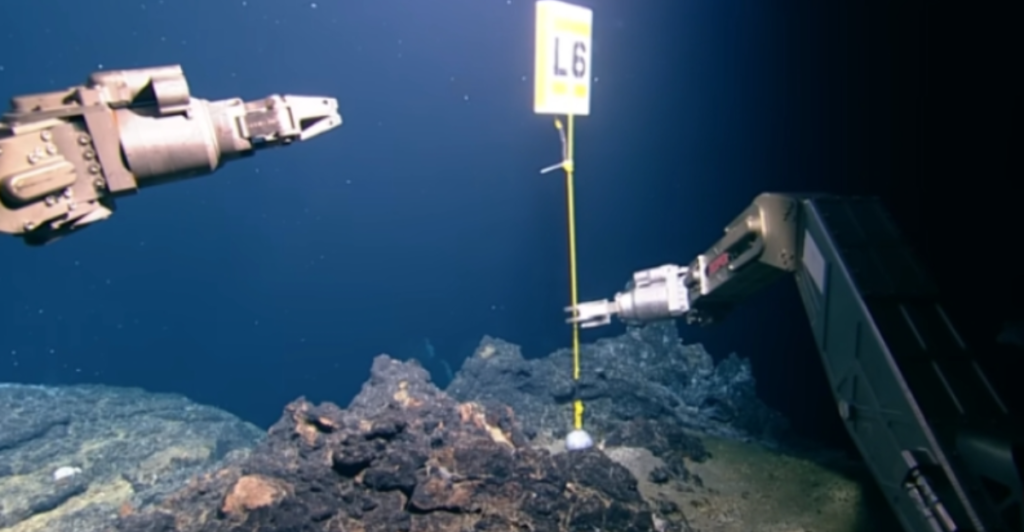
Skeptics argue the eggs’ significance is overstated, urging caution against premature celebration. Since no hatching was observed, reproductive success cannot be proved, leaving open questions about whether these eggs are viable or merely a failed experiment. The site’s stability is also unverified; Axial Seamount’s impending eruption could obliterate the nursery, rendering long-term ecological impact negligible. Furthermore, the 1-million-egg estimate relies on limited ROV footage, not direct counts.
As a result, critics are cautious of this discovery, emphasizing that transient phenomena like volcanic eruptions often create short-lived habitats. Additionally, the Vancouver Island volcano’s proximity to human research hubs (e.g., Canada’s Neptune Observatory) ensures visibility, while equally significant ecosystems in remote regions remain unexplored. Therefore, skeptics advocate for long-term monitoring before declaring this site a paradigm-shifting find.
Redefining Life’s Boundaries
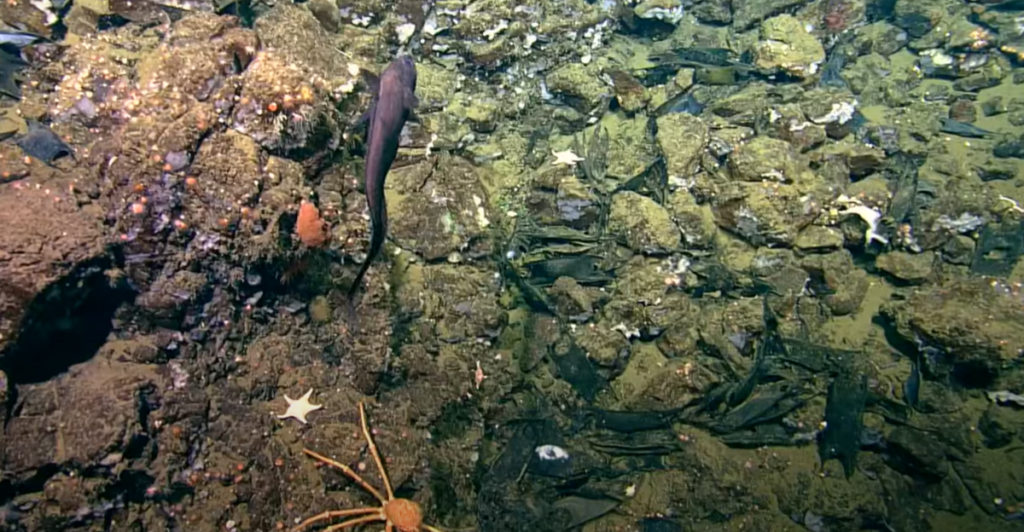
The discovery of thousands of live eggs in a submarine volcano forces a shift in conventional thinking: not only does life survive in inhospitable places, but it may also foster it. These eggs appear to harness geothermal energy to bypass evolutionary constraints, highlighting nature’s resilience. However, their existence requires balancing scientific curiosity with conservation ethics.
As marine biologist Cherisse Du Preez puts it, these seamounts are “living”—ones we must learn about without eliminating. Yet their susceptibility to mining and global warming underscores humanity’s destructive effects. Conservation of these sites entails responsive governance and further deep-sea exploration. By honoring preservation as much as exploration, we honor the creativity of life and ensure its continued existence.
Explore more of our trending stories and hit Follow to keep them coming to your feed!

Don’t miss out on more stories like this! Hit the Follow button at the top of this article to stay updated with the latest news. Share your thoughts in the comments—we’d love to hear from you!



